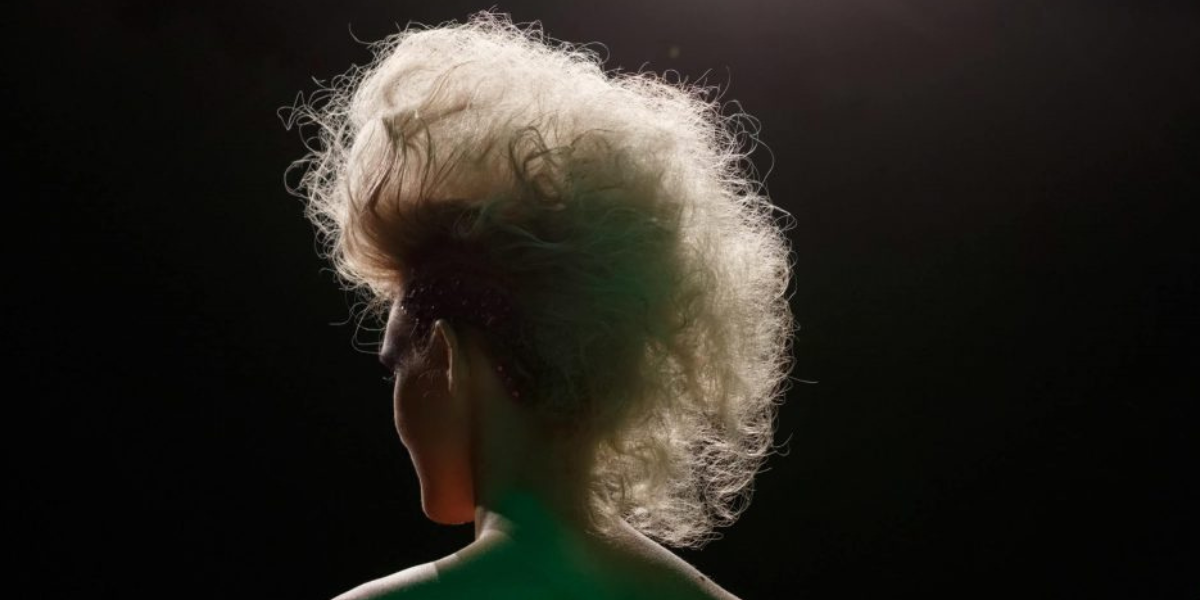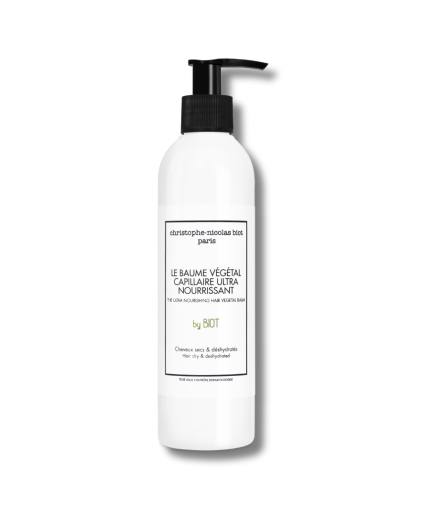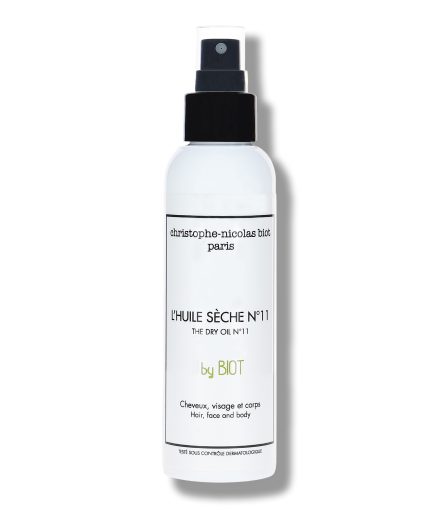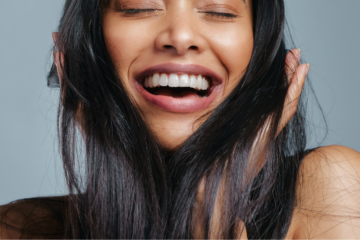Lorsque l’on a les cheveux abîmés, on pense tout de suite « cheveux secs ».
Pour être beaux et en bonne santé, les cheveux ont besoin d’eau et de nutriments. Cheveux abîmés ne veut pas forcément dire « cheveux secs« . Abîmés veut dire « en mauvaise santé ». Soit parce qu’ils sont déshydratés, soit parce qu’ils sont en manque de nutrition.
Nourishing and moisturizing are two different actions that are often confused with each other, since both involve repairing dry and/or damaged hair.
However, the care required for malnourished hair is not the same as that required for dehydrated hair. And without a proper analysis of the hair's condition, we often end up nourishing when the hair needs water, or moisturizing when it needs nutrition.
What is damaged hair?
Damaged hair is unhealthy hair, whether dehydrated or malnourished. Ill-treatment weakens the hair fiber deep down: aggressive coloring and bleaching, straightening and perming... all things aimed at modifying hair structure to achieve an aesthetic effect.
Don't forget that sebum is the first and most natural of all hair care products.
Whether your hair is dehydrated or malnourished, it's essential to use a sulfate- and silicone-free shampoo. In fact, when faced with damaged hair, it's essential to restore sebum production and rebalance the scalp so that it can function optimally again. Sebum is the first and most natural of all hair care products. That's why it's essential to choose a good sulfate- and silicone-free organic shampoo that will coat the hair and add shine.
What is dehydrated hair?
Dehydrated hair is thirsty hair. That's why we call it dry hair.
Dry hair is the result of abuse of appliances designed to temporarily modify the hair using intense heat, such as hair dryers, straighteners and curling irons.... which literally dry out the hair fiber.
Dry hair is highly porous, meaning its scales are open and unconnected, making it difficult to retain evaporating water. As a result, it is sensitive to moist air and swells rapidly, becoming frothy. Properly moisturizing hair makes it more supple and bouncy. Curls are then at their best and well-defined.
Dry hair is generally dull, fragile, rough and often electric.

To re-hydrate hair, there's no point in soaking it in water. Instead, you need to add water by applying suitable, appropriate care products that will retain moisture at the heart of the hair fiber. And above all, don't forget to hydrate and drink water, because we must never forget that we see on the outside what's happening on the inside.
What is undernourished hair?
Malnourished hair is hair lacking in nutrients, and this is generally the case when the scalp doesn't produce enough sebum. This is often the result of repeated chemical coloring, bleaching, straightening, perming, tight braiding or stripping. External aggressors such as the sun, chlorine and pollution, as well as junk food, also come into play and contribute to the disappearance of the hydrolipidic film.
Curly or frizzy hair is particularly prone to malnutrition, even without mistreatment - it's just a question of hair type. So if it's also subjected to abuse, it becomes more than necessary to feed it carefully and daily.
Malnourished hair is generally split, fragile and often brittle.
Ideally nourished hair will be stronger and less brittle.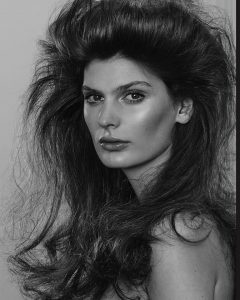
To effectively treat malnourished hair, you need to opt for deeper care with greasy substances, and space out shampoos to give the scalp time to produce sufficient sebum, which acts as a real shield against damage. For coloring, opt for vegetable-based dyes. Before using a heated appliance, it's important to use a thermo-protective treatment and not to overuse high temperatures.
For a professional appraisal of your hair, and to treat yourself to an appropriate treatment, don't hesitate to make an appointment at one of Christophe Nicolas Biot's beauty salons.
-
 Choice of options Ce produit a plusieurs variations. Les options peuvent être choisies sur la page du produit Add to wishlist
Choice of options Ce produit a plusieurs variations. Les options peuvent être choisies sur la page du produit Add to wishlistSHAMPOO CREAM N°3
19,00€ - 38,00€ -
 Choice of options Ce produit a plusieurs variations. Les options peuvent être choisies sur la page du produit Add to wishlist
Choice of options Ce produit a plusieurs variations. Les options peuvent être choisies sur la page du produit Add to wishlistEAU BOTANIC N°5, natural tonic
20,00€ - 40,00€ -
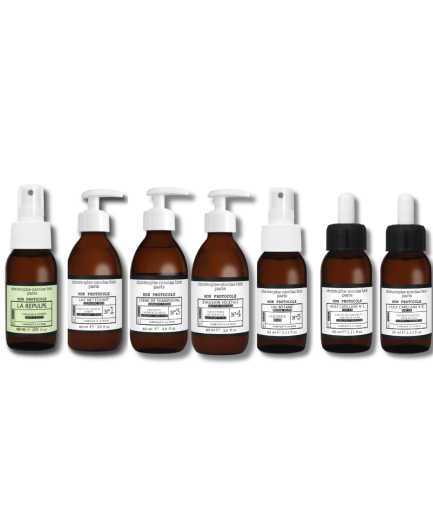 Choice of options Ce produit a plusieurs variations. Les options peuvent être choisies sur la page du produit Add to wishlist
Choice of options Ce produit a plusieurs variations. Les options peuvent être choisies sur la page du produit Add to wishlistTHE DAMAGED HAIR ROUTINE
108,00€ -
THE ULTRA-NOURISHING HAIR VEGETAL BALM
44,00€Le prix initial était : 44,00€.25,00€Le prix actuel est : 25,00€. -
BOTANIC CREAM
44,00€ -
DRY OIL N°11
30,00€ -
 Choice of options Ce produit a plusieurs variations. Les options peuvent être choisies sur la page du produit Add to wishlist
Choice of options Ce produit a plusieurs variations. Les options peuvent être choisies sur la page du produit Add to wishlistLA REPULPE face, body and hair oil
34,00€ - 68,00€


